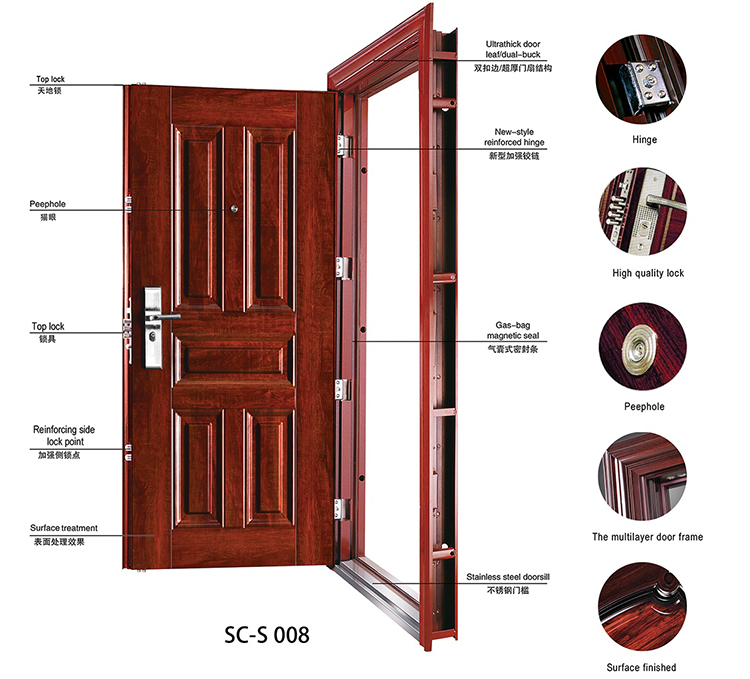WPC Doors Explained: The Complete Pros, Cons & Buying Guide

1. What Are WPC Doors?
Wood Plastic Composite (WPC) doors blend recycled wood fibers and plastic for a waterproof, termite-proof, and affordable alternative to traditional doors.
Best Uses for WPC Doors:
✔ Bathrooms & Kitchens – Resists humidity and spills
✔ Bedrooms & Living Rooms – Quiet and stable
✔ Coastal/Rainy Areas – No water damage or warping
2. Advantages of WPC Doors
✅ Waterproof & Weatherproof
-
No swelling or cracking (unlike wood/MDF)
-
Perfect for monsoons or high-humidity zones
✅ Extreme Durability
-
15-25 year lifespan with no rot, termites, or scratches
✅ Zero Maintenance
-
No painting or polishing – just wipe clean!
✅ Eco-Friendly Choice
-
Made from 60-70% recycled materials
-
Greener than PVC/UPVC doors
3. Limitations of WPC Doors
⚠ Higher Upfront Cost
-
Cheaper than solid wood but 20-30% pricier than PVC/MDF
-
Long-term savings (no replacement/maintenance costs)
⚠ UV Sensitivity
-
May fade in direct sunlight (opt for UV-coated models)
⚠ Design Limitations
-
Mostly modern/minimalist styles (few ornate options)
4. How to Choose the Best WPC Door
🔹 For Humid Areas
-
Pick 100% waterproof cores (ask for immersion test reports)
🔹 For High-Traffic Zones
-
Choose thicker panels (8mm+) for durability
🔹 Quality Checks
-
Look for CARB (California Air Resources Board) or FSC certifications
Best For: Homeowners who want long-lasting, low-maintenance doors without the high cost of solid wood.
Need Help Deciding?
💬 Chat with our experts – We’ll help you pick the perfect WPC door!







2 回复